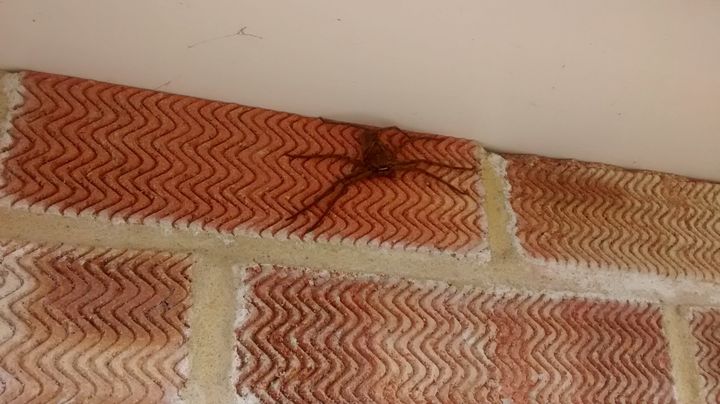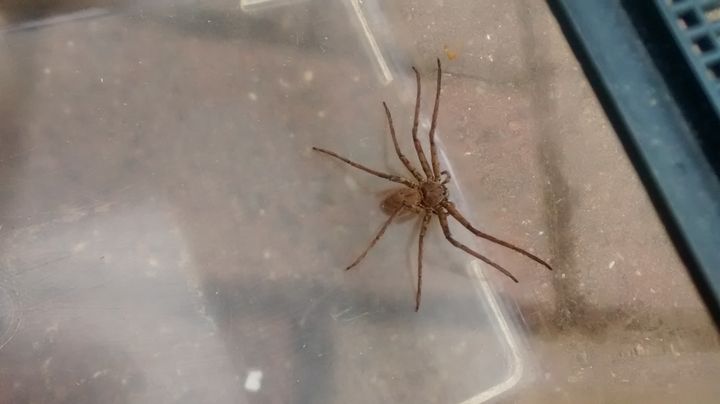They can have a leg span of up to 12 inches and deliver a ferocious bite that is extremely painful.
So it’s with some trepidation that we inform you a huntsman spider has been found clinging to a house in Kent.
And it is not known how this specimen - though not yet fully grown - came to be in the south east of England, thousands of miles from its traditional homeland.

RSPCA animal collection officer Louise Horton was called out to the house in Sevenoaks on 15 May - but initially thought it was a joke.
Huntsman spiders are known as one of the fastest spiders on the planet and while their bite can be painful, it will not cause anything more serious than mild nausea or headaches.
She said: “I honestly expected to get there and find a big house spider or a toy spider or something silly but it was a huntsman.
“It wasn’t a giant huntsman but was big enough, it was about the size of the palm of my hand so it wasn’t the usual spider you’d expect to find in your house!


“It was clinging to the outside wall of the man’s house and he said it had barely moved since he first spotted it. I removed it, confined it in a box and took it to experts at Heathrow’s Animal Reception Centre to be quarantined.
“Huntsman spiders can give a nasty bite so they were lucky they didn’t get hurt. We would advise anyone who comes across any animal in distress to contact our 24-hour emergency line.”
Huntsman spiders originate in parts of Australasia, Africa, Asia, the Mediterranean Basin, and the Americas.
Spiders not native to Britain occasionally arrive in the country via fruit imports, with a venomous African Sac spider, more commonly found in South Africa, making a 2,000 mile trip from Morocco in a packet of grapes on sale in Asda. Families of deadly Brazilian wandering spiders are often spotted in bunches of bananas.
In 2013 a seven-inch-long huntsman was found in East Sussex after stowing away in a shipping container packed with BMX parts in Taiwan.
